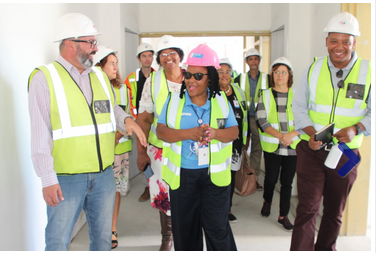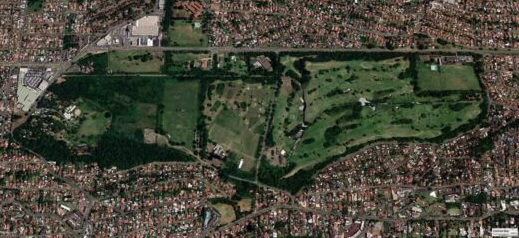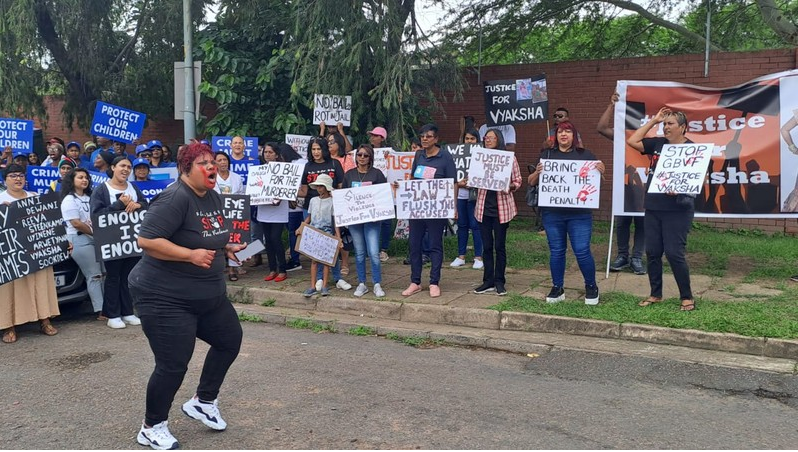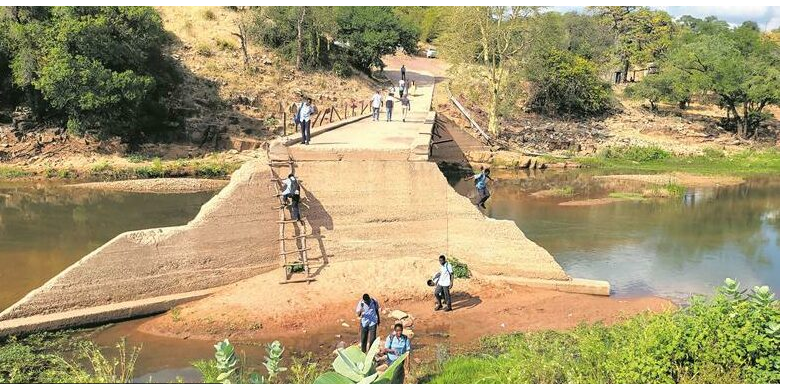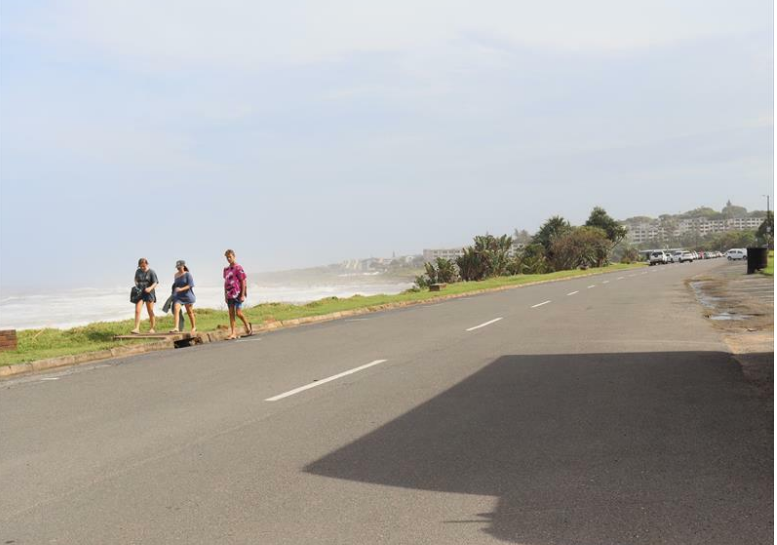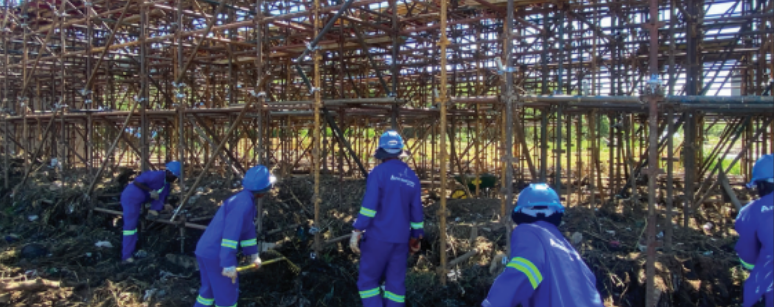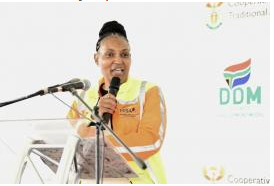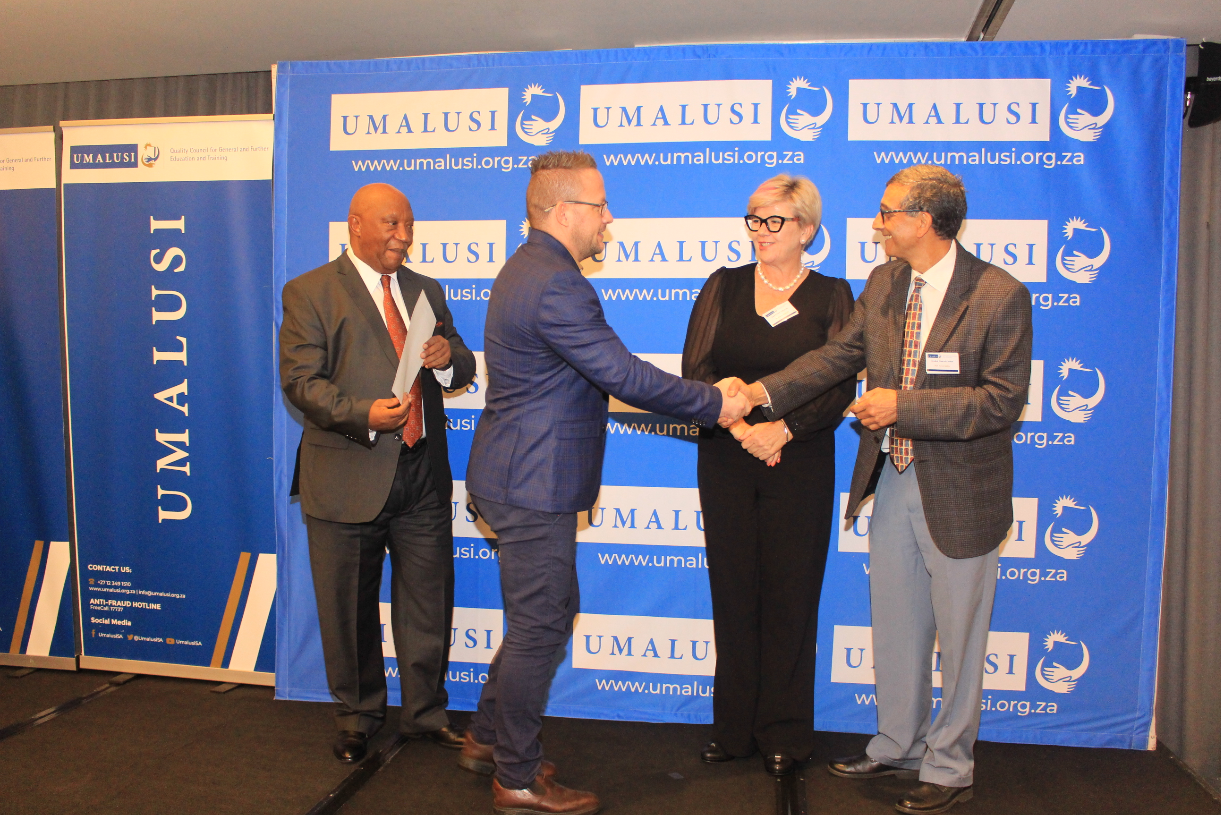Construction of Phase 2 of Tshwane Automotive SEZ to start this year
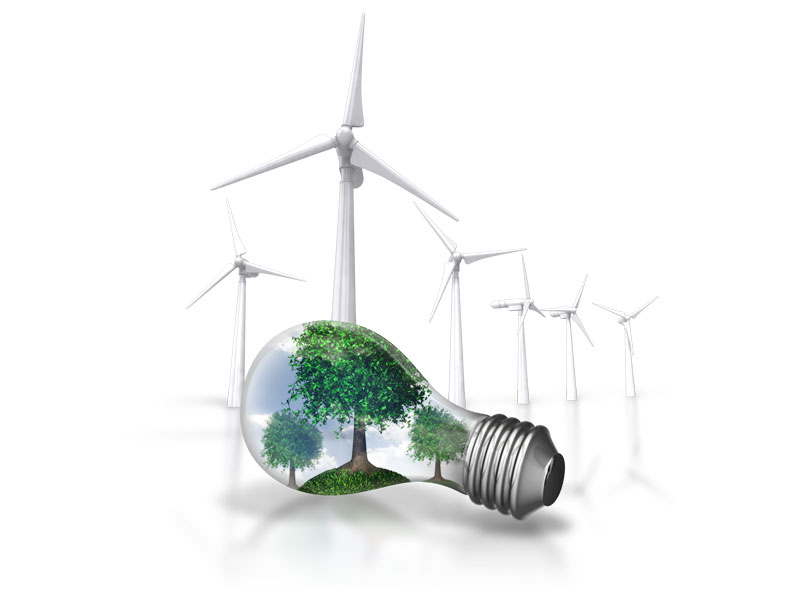
31-03-2022
Read : 655 times
Moneyweb
Source
The special economic zone has already attracted billions in investments by suppliers to Ford SA.
Construction is anticipated to commence later this year on Phase 2 of the Tshwane Automotive Special Economic Zone (TASEZ), where automotive component suppliers to Ford South Africa have already invested billions in new facilities and equipment.
More than R4.3 billion is already being invested by 12 suppliers and related services companies in the first phase of the TASEZ adjacent to Ford’s Silverton plant.
The aim of locating these component suppliers close to the Ford assembly plant is to increase the efficiency of Ford’s local operations as it significantly increases its production capacity for both the domestic and export markets from 168 000 to 200 000 units a year.
This investment is linked to Ford’s announcement in February 2021 that it would be investing a further $1.05 billion in its South African operations for the production of the next generation Ford Ranger and Everest.
SA investment conference pledges
It was announced at the SA Investment Conference last week that Ford had committed to investing R16.4 billion towards the manufacture of the next generation Ranger in Gauteng and in its engine plant in the Eastern Cape, and a number of automotive and related companies are establishing themselves in the TASEZ by investing a total of R1.8 billion to support Ford’s investment in Gauteng.
While the investment announced at the conference is the original investment announced by Ford, it is unclear whether the R1.8 billion in commitments by component suppliers are new pledges, or which companies will be making these investments.
A Gauteng Provincial Government Oversight Report published in June 2021 on progress made with the construction of the TASEZ said the investors in Phase 1 and Phase 1A included Sodecia for metal pressing, Ford Frame, Thai Summit for pressed part assembly, Hesto Harnesses, Aeroklas Duys for rubber and plastic components, Automould for plastic injection moulding and Feltex Trim, Faurecia, DSV, Valoworx and Supavut for a variety of parts.
JSE-listed automotive components and energy storage solutions manufacturer Metair is investing R1 billion in the Ford Ranger project. This comprises investments by its subsidiaries, including Hesto Harnesses, Automold and Lumotech, which manufactures headlights, tail lights, reflectors and plastic injection mouldings.
Ford said in September 2020 that apart from the 12 component suppliers that had committed to investing in the first phase of the TASEZ, a further 10 Ford suppliers and related services companies were showing keen interest in establishing operations in the TASEZ.
Expectations
Ford SA general manager consumer and dealer experience Tracey Delate said last week that Ford is expecting about 20 suppliers to be part of the TASEZ when all three phases of the project have been completed.
Moneyweb asked Ford a number of questions related to Phase 2, including details of the automotive component manufacturers who will be making investments in this phase, the size of their investments and the number of new jobs their investment will create.
Duduzile Nxele, Ford SA corporate communications manager, said it is unable to confirm this at the moment, adding that an announcement will be made at a later stage about Phase 2 and 3.
Ford SA marketing director Conrad Groenewald said last week the next generation Ford Ranger project will increase Ford’s contribution to the GDP of South Africa to close to 2%.
“How many brands of standalone companies can say they contribute that to the GDP of SA?” he said.
Groenewald said Ford SA exported about 500 000 Ranger units in 2021, which is a phenomenal feat.
“In terms of the broader visions, we are confident that greater things lie ahead for the continent and our operations here.
African growth opportunity
“The AfCFTA [African Continental Free Trade Area] is the world’s largest trade agreement of its kind with 54 signatories and ratification by at least 40 African Union member states.
“The agreement aims to boost the continent’s socioeconomic growth by accelerating the industrialisation of Africa, integrating regional markets and stimulating growth.
“That holds great promise not only for the continent but the automotive sector in general by doubling trade within Africa,” said Groenewald.
“However, it still constitutes only 2% of international trade. So it’s very clear that Africa’s potential for growth is vast.”
Timeline
Msokoli Ntombana, business development executive manager at the TASEZ, said the R250 million budget for the installation of bulk services for the second phase has been confirmed effective from April 1.
Ntombana said the terms of reference to appoint a professional team to do the detailed design for Phase 2 has also been concluded and it is anticipated the detailed design will be completed by June.
The TASEZ will then commence with the tender process for the construction work, with this process expected to be concluded by mid-July or August this year, he said.
“We see site establishment for the construction that needs to be done possibly happening in August or September this year,” he added.
“Looking from where we are, the earliest that there can be practical completion [of Phase 2] is around May or June 2023 for the bulk infrastructure and top structure.”
Recent News
Here are recent news articles from the Building and Construction Industry.
Have you signed up for your free copy yet?
